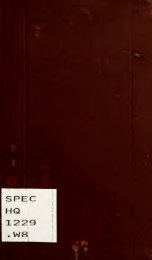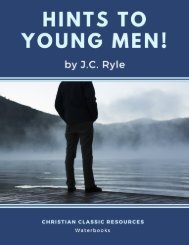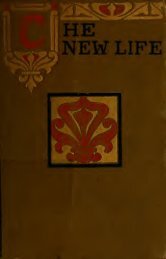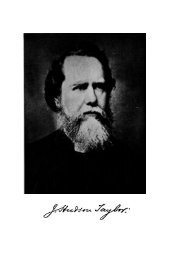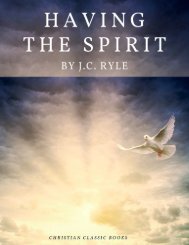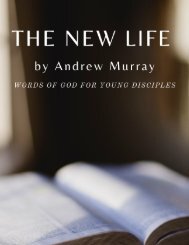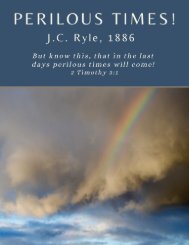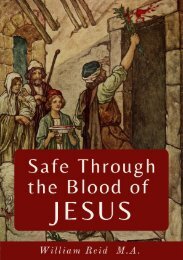The Case For Christ
The Case for Christ records Lee Strobel's attempt to "determine if there's credible evidence that Jesus of Nazareth really is the Son of God." The book consists primarily of interviews between Strobel (a former legal editor at the Chicago Tribune) and biblical scholars such as Bruce Metzger. Each interview is based on a simple question, concerning historical evidence (for example, "Can the Biographies of Jesus Be Trusted?"), scientific evidence, ("Does Archaeology Confirm or Contradict Jesus' Biographies?"), and "psychiatric evidence" ("Was Jesus Crazy When He Claimed to Be the Son of God?"). Together, these interviews compose a case brief defending Jesus' divinity, and urging readers to reach a verdict of their own.
The Case for Christ records Lee Strobel's attempt to "determine if there's credible evidence that Jesus of Nazareth really is the Son of God." The book consists primarily of interviews between Strobel (a former legal editor at the Chicago Tribune) and biblical scholars such as Bruce Metzger. Each interview is based on a simple question, concerning historical evidence (for example, "Can the Biographies of Jesus Be Trusted?"), scientific evidence, ("Does Archaeology Confirm or Contradict Jesus' Biographies?"), and "psychiatric evidence" ("Was Jesus Crazy When He Claimed to Be the Son of God?"). Together, these interviews compose a case brief defending Jesus' divinity, and urging readers to reach a verdict of their own.
Create successful ePaper yourself
Turn your PDF publications into a flip-book with our unique Google optimized e-Paper software.
thought might challenge him. So the fact that he killed some<br />
babies in Bethlehem is not going to captivate the attention of<br />
people in the Roman world. "And third, there was no television,<br />
no radio, no newspapers. It would have taken a long time for word<br />
of this to get out, especially from such a minor village way in<br />
the back hills of nowhere, and historians had much bigger<br />
stories to write about."<br />
As a journalist, this was still hard to fathom. "This just wasn't<br />
much of a story?" I asked, a bit incredulous.<br />
"I don't think it was, at least not in those days," he said. "A<br />
madman killing everybody who seems to he a potential threat to<br />
him - that was business as usual for Herod. Later, of course, as<br />
<strong>Christ</strong>ianity developed, this incident became more important, but<br />
I would have been surprised if this had made a big splash back<br />
then."<br />
Maybe so, but this was difficult to imagine for a journalist who<br />
was trained to sniff out news in a highly technological age of<br />
rapid and worldwide communications. At the same time, I had to<br />
acknowledge that from what I knew of the bloody landscape of<br />
ancient Palestine, McRay's explanation did seem reasonable.<br />
This left one other area I wanted to inquire about. And to me, it<br />
was the most fascinating of all.<br />
RIDDLE OF THE DEAD SEA SCROLLS<br />
Admittedly, there is an allure to archaeology. Ancient tombs,<br />
cryptic inscriptions etched in stone or scratched onto papyrus,<br />
bits of broken pottery, worn coins-they're tantalizing clues for<br />
an inveterate investigator. But few vestiges of the past have<br />
generated as much intrigue as the Dead Sea Scrolls, hundreds of<br />
manuscripts dating from 250 B.C. to A.D. 68 that were found in<br />
caves twenty miles east of Jerusalem in 1947. <strong>The</strong>y apparently had<br />
been hidden by a strict sect of Jews called the Essenes before<br />
the Romans destroyed their settlement.<br />
Some bizarre claims have been made about the scrolls, including<br />
John Marco Allegro's absurd book in which he theorized that<br />
<strong>Christ</strong>ianity emerged from a fertility cult in which adherents<br />
tripped out on hallucinogenic mushrooms!" In a more legitimate<br />
but nevertheless much-questioned assertion, papyri expert Jose<br />
O'Callaghan said one Dead Sea fragment is part of the earliest<br />
manuscript ever found of the gospel of Mark, dating back to a<br />
mere seventeen to twenty years after Jesus was crucified.




